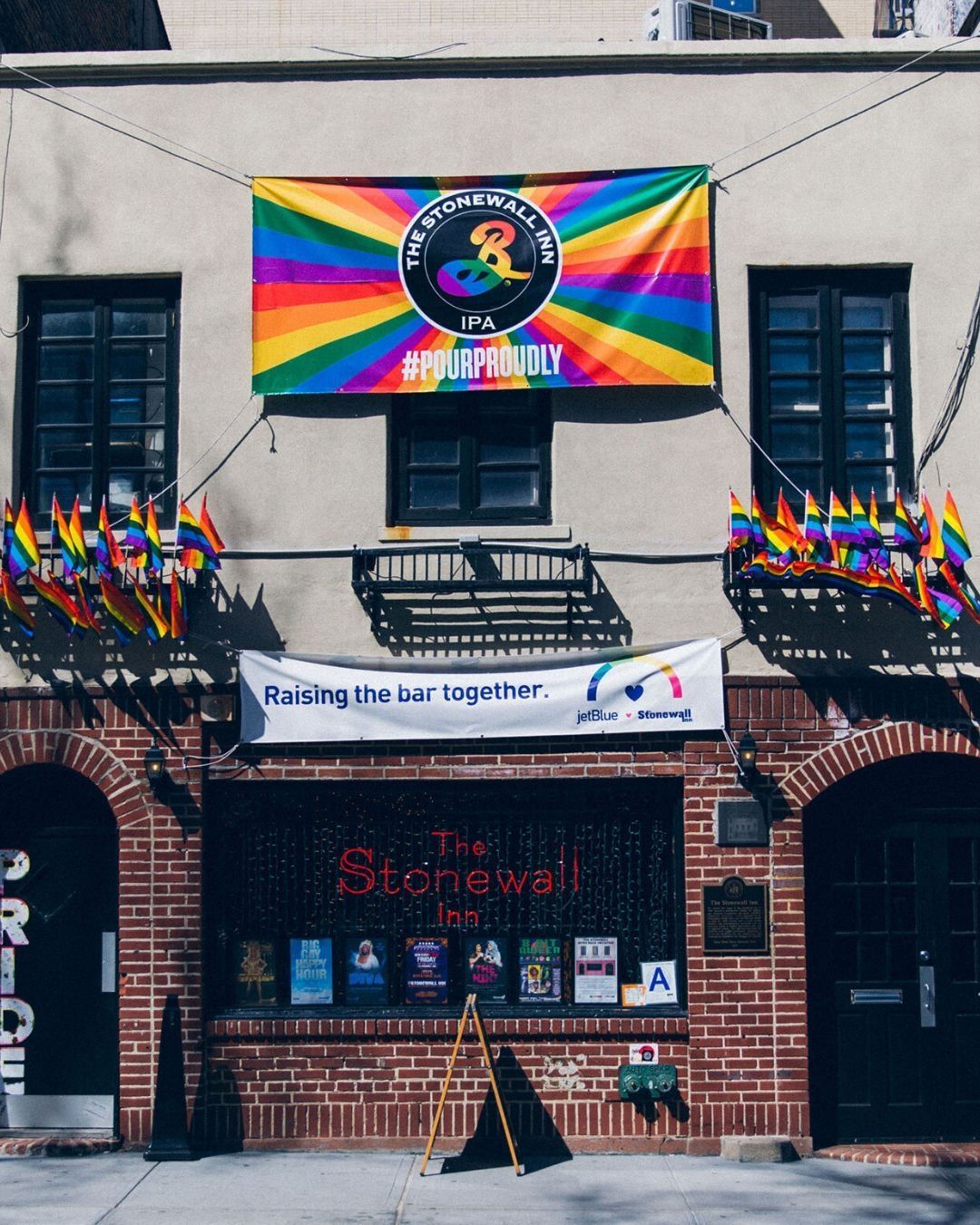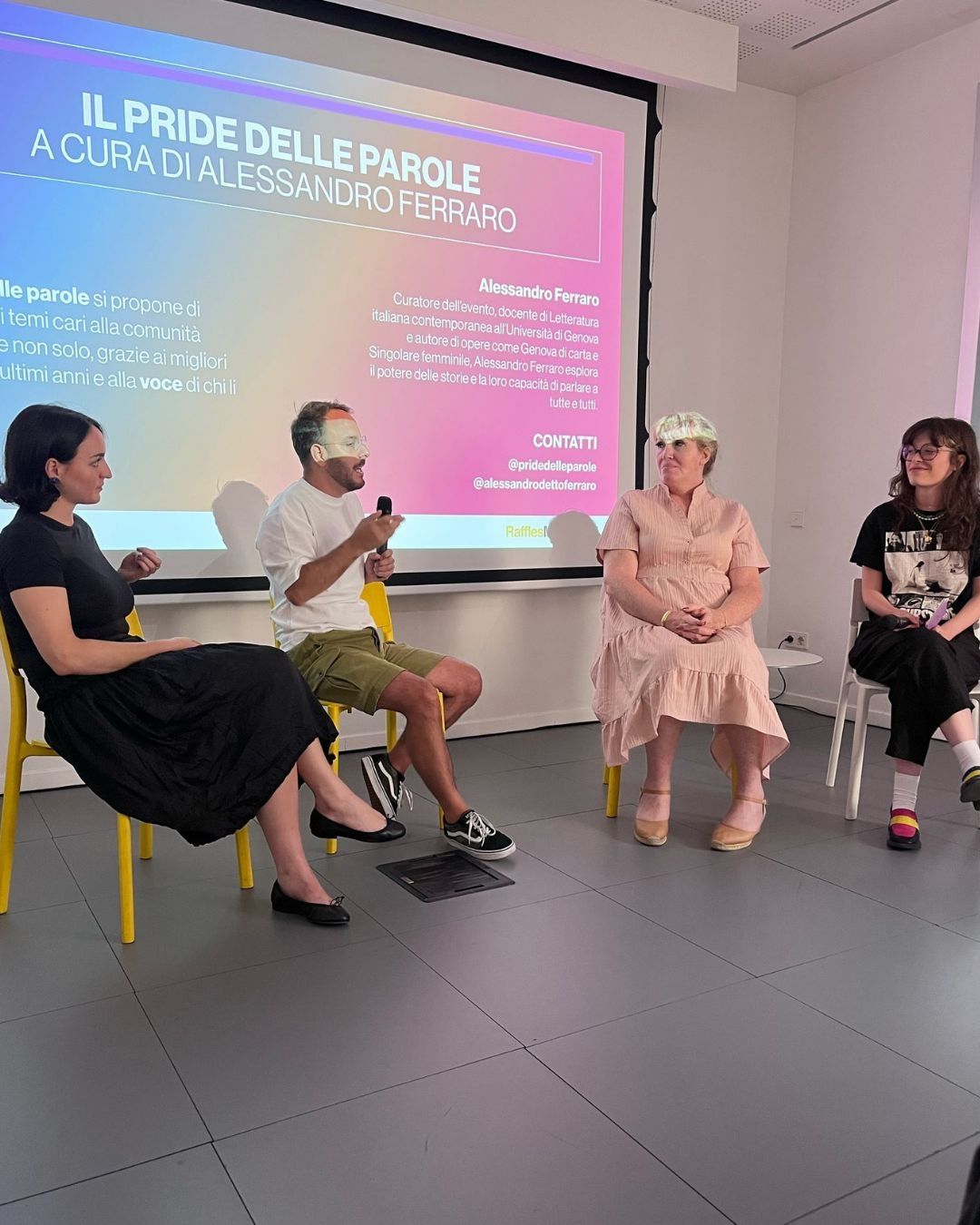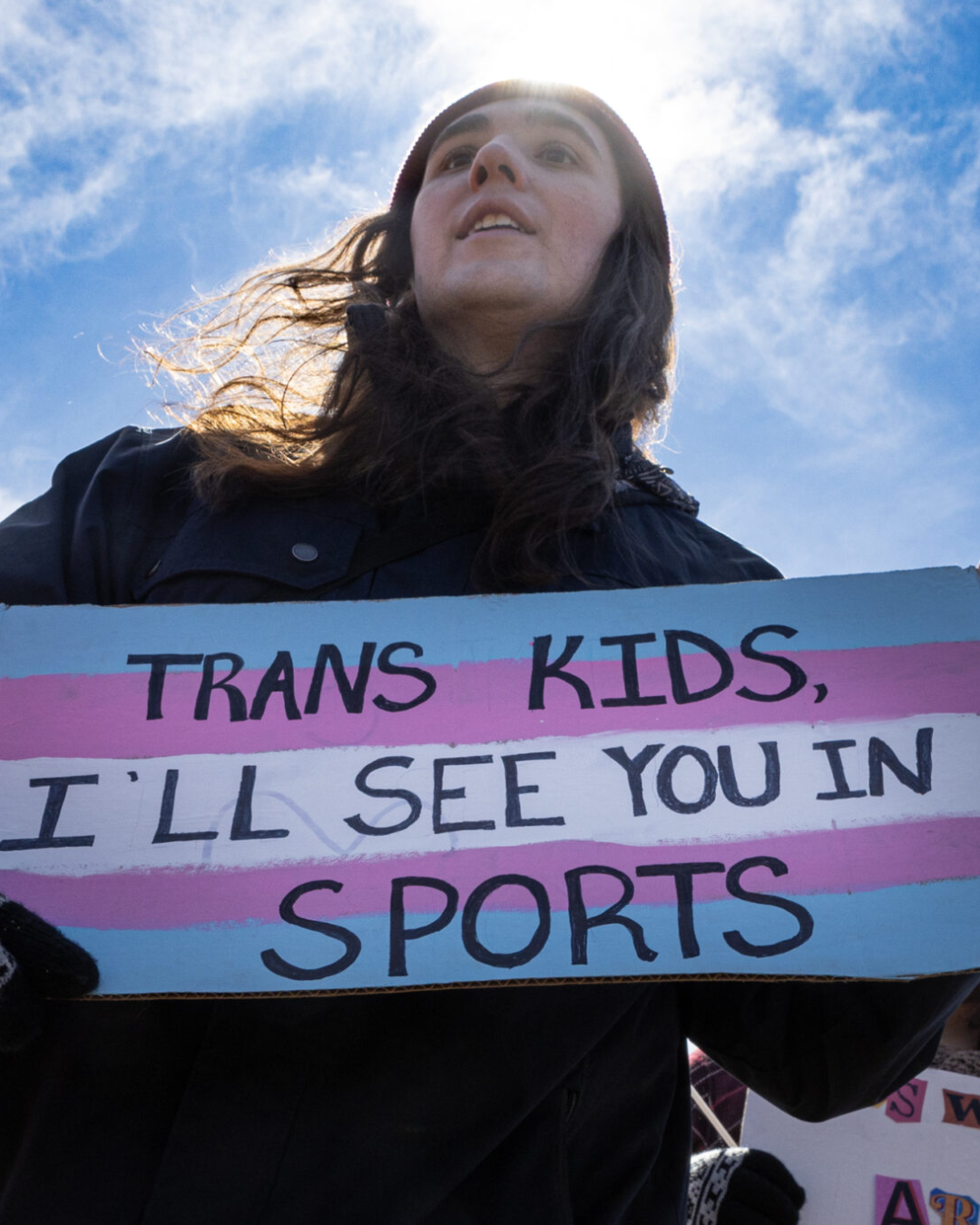
Pride does not exist without trans women Now more than ever, we would do well not to forget about it
In 1967, in New York City’s Greenwich Village - already considered what we might today call a “rainbow district” of the Big Apple - the gay bar Stonewall Inn opened its doors. It quickly became a reference point for the LGBTQIA+ community and was also the site of the Stonewall riots on June 28, 1969. These were by no means an isolated event, but rather the climax of a long series of raids, attacks, and intimidations by repressive authorities. Contemporary reports describe a clientele mostly made up of gay men, but also lesbians, trans people, and other community members. In fact, many trans women, later acknowledged and celebrated as true leaders of the uprising, not only threw stones at the forces of repression but also took care of the wounded afterward.
That, however, is “just” history. Today, in Italy and around the world, transphobic attacks are an everyday occurrence. Now more than ever, it’s crucial to highlight that pride does not and cannot exist without the trans and non-binary community, and that feminism, to be truly feminist, must be intersectional and challenge the system, rather than attempt to reproduce it in reverse by preserving binary gender norms.
Trans Rights: The Situation in Italy
While the world pretends to forget, or not care at al, laws in the USA are becoming increasingly harsh, and the gender affirmation process is growing ever more complex and obstructed (and if even Hunter Schafer gets misgendered in U.S. documents, imagine what happens to less famous trans people), and in Italy, trans people are not acknowledged, their identities are erased or denied on paper, if not violently attacked outright, as happened just hours ago in Rome, where several trans women were harassed, robbed, and beaten, captured on smartphone cameras. The problem is real, and we must face it - even if it makes us uncomfortable. That’s why we must understand the Italian context, which ranks as the worst in Europe.
The Florence Case and the Commission to Redefine Gender Transition Guidelines
Donata Columbro, writing for La Stampa, highlights how the Italian government is making decisions about trans, non-binary, and intersex people without involving them - and with a barely veiled intent to erase them. One example is the inspection that took place in January at the Careggi Hospital in Florence, which led to the suspension of prescriptions for triptorelin, a medication used to delay puberty in youth experiencing gender incongruence. Subsequently, a 29-member commission (with no representatives from trans associations) was formed to redefine the guidelines for gender transition. These measures have been widely criticized for their lack of scientific basis and for excluding the very voices directly affected.
Meanwhile, the “SPoT” study, promoted by Careggi Hospital and the University of Florence, surveyed over 19,000 participants. It found that 7.7% of respondents identify with a gender different from that assigned at birth, with a predominance of non-binary identities. Nearly half reported facing discrimination when accessing healthcare. These findings underline the need for inclusive policies that reflect diverse lived experiences. Yet the Italian government shows no intention of following that path, and the problem lies within society as well. The numbers speak for themselves.
Transphobic Violence in Italy: The Numbers
While attacks on the trans community come from the top, the situation at the grassroots level is not much better. According to data from TGEU’s Trans Murder Monitoring, 350 trans and gender non-conforming people have been reported murdered in 2024 - an increase from the 321 reported the previous year. This confirms what the trans community has long stated: transphobic violence is not decreasing; it is, in fact, on the rise, fueled by increasingly prevalent anti-trans hate speech. As in past years, Latin America and the Caribbean continue to report the highest number of murders, accounting for 70% of the global total. The data once again highlight troubling intersections of misogyny, racism, xenophobia. Most victims are Black trans women, racialized trans individuals, and trans sex workers. In Europe, Italy holds the record for the highest number of hate crimes motivated by transphobia. However, many assaults go unreported, contributing to an underestimation of the issue.
Erased Identity and the TERF Movement
When it comes to numbers, it is often very difficult to separate homo-lesbo-transphobic attacks—acts rooted in the same violent, oppressive mindset held by the groups currently in power within a patriarchal system. Yet we cannot ignore Italy’s leading role in this, we cannot ignore the specific nature of transphobic hatred, and we cannot ignore that even within what appears to be the LGBTQIA+ community, there are groups whose hate is specifically directed at trans women. We’re referring, for example, to TERFs (trans-exclusionary radical feminists) who are gaining increasing visibility in public discourse, partly due to figures like J.K. Rowling. For them, only those assigned female at birth are considered women, and anything else must be abolished, even through violence. This is a deeply troubling development, as it undermines the foundations of contemporary feminism, which must strive to remain as intersectional and mindful as possible in its inclusion of trans women. It also gives dangerous legitimacy to far-right movements that have been waiting for such support to fuel their campaigns of hate. Keeping our eyes open, amplifying and supporting (even financially) trans and non-binary women and individuals, and defending them from transphobic hate is the least we can do: so let’s begin there.

























































